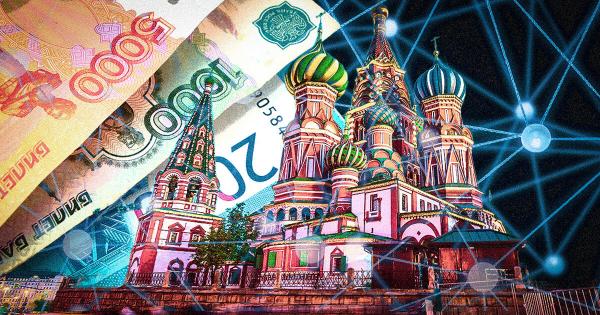Russia could begin testing a Central Bank Digital Currency (CBDC), Digital Ruble, as early as next month if its upper parliament approves the move and President Vladimir Putin signs it into law, according to a July 19 Bloomberg report.
The Bank of Russia would collaborate with 15 of the country’s top lenders to run a pilot scheme where individuals and companies could create a digital wallet on the bank’s platform. Individual transactions with the Digital Ruble would be free, while companies will be charged a modest 0.3% fee.
Western sanctions play a role in Russia’s CBDC move
Following Russia’s invasion of Ukraine in 2022, western superpowers, including the United States, imposed strict sanctions that cut off Russian banks from the global financial system. This inadvertently led the Russian government to introduce measures that would weaken the effect of the sanctions, including its embrace of cryptocurrencies for international payments.
The deputy chairman of Russia’s Federation Council, Nikolay Zhuravlev, recently highlighted the critical role a digital national currency could play in easing cross-border payments. At a recent debate on the Digital Ruble, Zhuravlev reportedly said the country needs to have “independent payment instruments and financial information channels that can be used in our trade with foreign partners.”
However, a former to the Russian central bank, Alexandra Prokopenko, pointed out that the Digital Ruble only makes transactions within the country easier as the system is not linked to that of other countries presently.
CBDCs enjoying growing attention
If Russia goes ahead with its Digital Ruble plan, this will align with a recent Bank of International Settlements (BIS) report that predicted 15 retail and nine wholesale CBDCs by 2030.
According to the report, central banks were increasingly researching CBDCs, and more than 50% have started making substantial efforts to develop one, including creating a pilot project.
The post Russia could begin digital rubles testing as early as next month appeared first on CryptoSlate.






